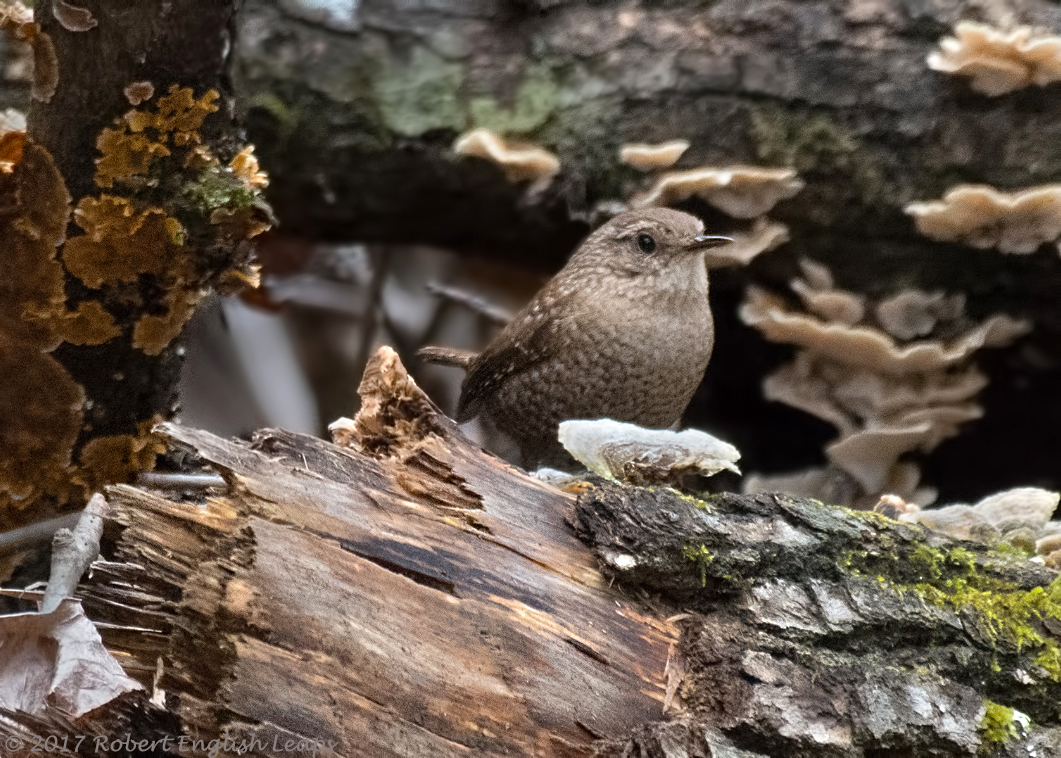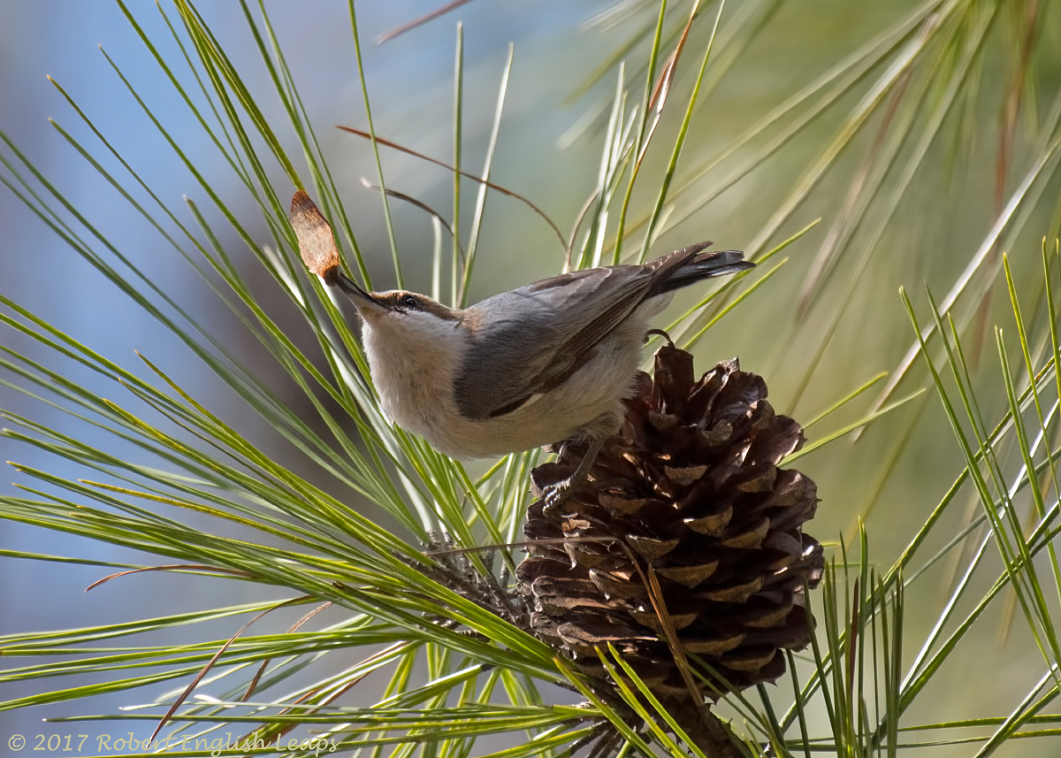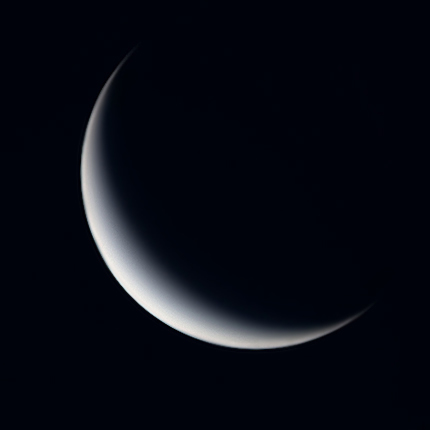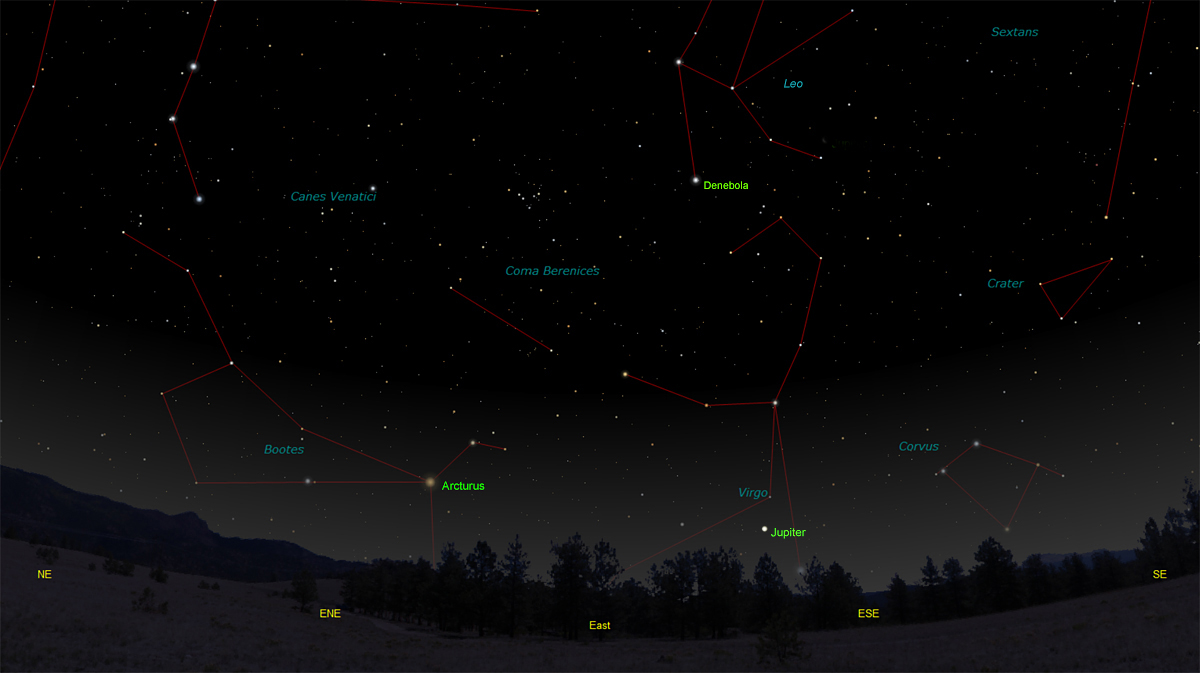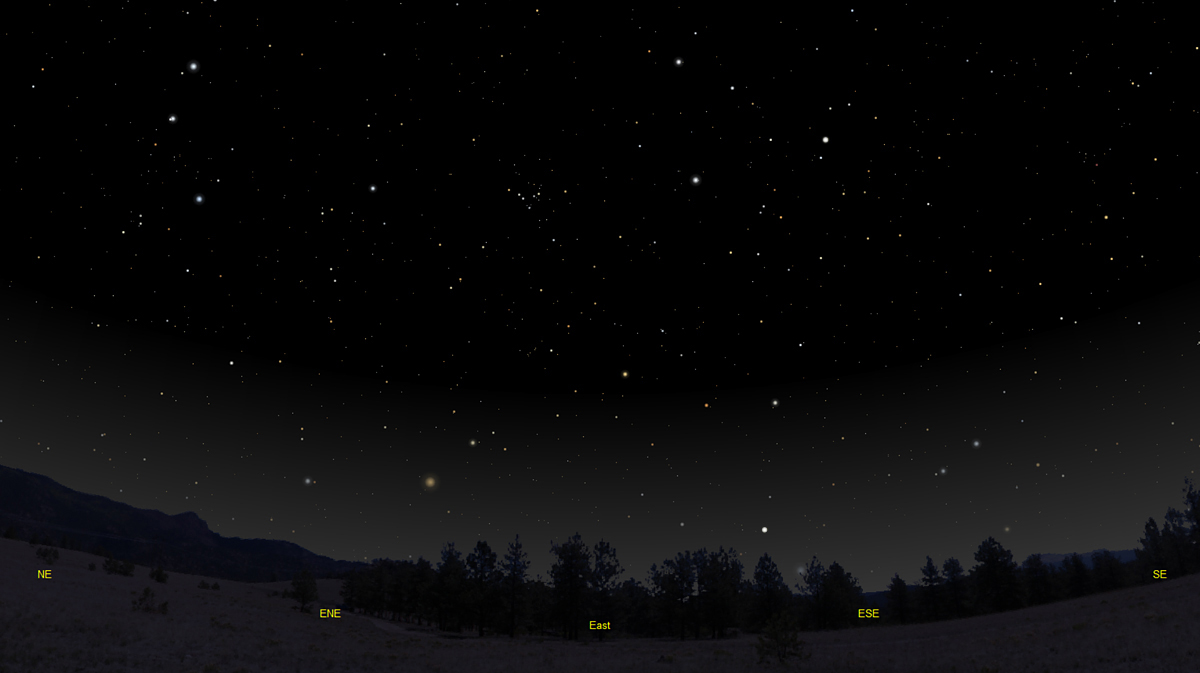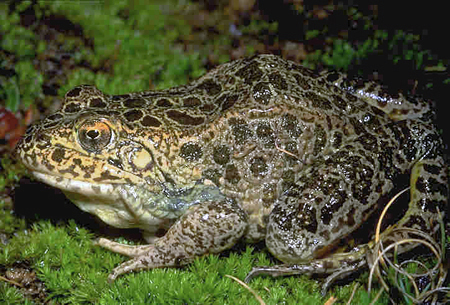The purpose of this feature is to give scout leaders, educators and naturalists an idea of some of the natural events coming up each month. We will try to cover a variety of natural events ranging from sky events to calling periods of amphibians, bird and mammal watching tips, prominent wildflowers and anything else that comes to mind. We will also note prominent constellations appearing over the eastern horizon at mid-evening each month for our area for those who would like to learn the constellations. If you have suggestions for other types of natural information you would like to see added to this calendar, let us know! Note: You can click on the hyperlinks to learn more about some of the featured items. To return to the Calendar, hit the "back" button on your browser, NOT the "back" button on the web page. All charts are available in a "printer friendly" mode, with black stars on a white background. Left clicking on each chart will take you to a printable black and white image. Please note that images on these pages are meant to be displayed at 100%. If your browser zooms into a higher magnification than that, the images may lose quality. Though we link book references to nationwide sources, we encourage you to support your local book store whenever possible.
Notes and Images From February 2017 When walking alongside streams this time of year we sometimes hear the sharp "kip" notes of the Winter Wren. The one below peeked out at me from an opening in some fallen trees. Winter Wrens are only with us during the winter months in Middle Tennessee, but occur year-round in the higher altitudes of the Appalachians. One insight I received from traveling in the tropics was that many of the truly wonderful songs you hear in the rain forest are made by wrens - birds that are hard to find and blend in with their habitat. They do not have colorful plumage. But their songs are beautiful.
The song of the winter wren is just spectacular. You can hardly believe that such a long and complex song comes from such a tiny bird. To hear it well, it's worth spending some mornings high up in the eastern mountains. That's where I heard my first Winter Wren singing, and I'll never forget it. You can hear the song here.
I've been spending some time lately in the Longleaf Pine ecosystem in Alabama. One small denizen there is the Brown-headed Nuthatch. On a typical morning among the pines, you will see them zip around the treetops, sounding like a small squeaky toy. It's like someone is squeezing a rubber duck. These birds are particularly fond of pine seeds.
They often perch on top of the cones, bending down so their head is upside down, then plucking out a pine seed with something of a flourish and raising it up - a rabbit-out-of-a-hat maneuver. Brown-headed Nuthatches also forage among the pines for insects such as beetles, moths, caterpillars and ants. They often nest in the pines but sometimes use other species of trees, excavating a nesting cavity with their bill.
Sky Events for March 2017: Daylight Savings Time begins on March 12th this year. The spring equinox, marking the beginning of spring in the Northern Hemisphere, occurs at 5:29am CDT on March 20th. Evening Sky:
Venus sets in the southwest around 8:20pm CST at the beginning of the month. Look for pretty pairings of Venus, Mars and the crescent Moon early in the month. Venus passes between the Earth and the Sun (called inferior conjunction) on March 25th. This results in an excellent chance to see the crescent phase of Venus with binoculars, or even (if you have excellent vision) with the naked eye. From our vantage point on Earth, Venus appears to slowly dive into the Sun. As it does, the crescent Venus becomes both thinner and larger. By March 11th, Venus will appear 55 seconds of an arc in diameter, large enough that the crescent can be made out easily with binoculars. Wait till the Sun is below the horizon so you don't accidentally damage your eyes. Here are some tricks. Start looking for Venus a few minutes before sundown. You want to try and spot Venus just as soon as you can, when the sky is still bright. If you wait too long your eyes will be dazzled by Venus and the crescent will be hard to see. You can also try dimming the light with a filter. One of the prettiest views I've had of Venus in binoculars was when clouds drifted in front of the planet and naturally dimmed the view just the right amount. Try using just one eye and see if the image improves. You can sometimes improve your results by looking through a small hole, say 1mm in diameter. In doing so you're just reducing the effects of imperfections in your eyes. For us, the prettiest view comes when the binoculars are attached or even taped to the top of a tripod and are not hand-held. The tiny crescent is quite beautiful. The view at right is very similar to what you will see at the first of the month, though the crescent will appear very small. Remember that the crescent will get both bigger and thinner as the month goes on. On March 22nd, Venus will set 30 minutes after the Sun, and on the following morning will rise 33 minutes before the Sun. By the end of March, Venus will rise about an hour before the Sun, and will appear 59 seconds of an arc in diameter and just 2 percent illuminated. In late March and early April Venus will slowly appear to rise from the Sun, each morning appearing a little higher in the sky. The Aztec god Quetzalcoatl was associated with the planet Venus. Quetzalcoatl's earthly form was believed to be the beautiful Resplendent Quetzal, a spectacular Central American bird. Quetzalcoatl literally means, "feathered serpent" and if you've ever seen the long tail feathers of the male Quetzal trail behind it as it flies, you can see why it was so named. The god Quetzalcoatl was said to have sacrificed himself on a funeral pyre. The following transcription from the Aztec writings is from E.C. Krupp's book, Beyond the Blue Horizon;
"they call it the burning place, It's not hard to see the ancient story in the slow rise of Venus away from the Sun and into the morning sky. Jupiter rises about 8:49pm CST at the beginning of the month in Virgo. If all of this were not enough, Mercury puts on its best apparition of the year this month. It should appear above the western horizon after sunset about March 15th. It will climb a bit higher in the sky each evening, reaching greatest elongation from the Sun on April 1st.Morning Sky: In the last few days of March, watch for Venus to appear in the morning sky.Saturn is in Sagittarius this month. It rises about 2:00am CST at the beginning of the month. Look for it low in the southeast before sunrise. Constellations: The views below show the sky looking east at 9:30pm CDT on March 15th. The first view shows the sky with the constellation outlines and names depicted. Star and planet names are in green. Constellation names are in blue. The second view shows the same scene without labels. The bright star Arcturus, in Bootes, the Herdsman, makes its appearance this month in the early evening sky, a sure sign that Spring is here. Virgo clears the horizon this month along with Corvus, the Crow. The area of sky encompassing Leo, Virgo and Como Berenices marks the heart of the great Virgo cluster of galaxies. In the early morning hours Virgo will have risen high enough in the sky to search for the many bright galaxies that are in this region. Messier 104, in southern Virgo just above Corvus, is one of the easier galaxies to spot in binoculars. Even so, you will need a dark and moonless night to be successful.
On Learning the Constellations: We advise learning a few constellations each month, and then following them through the seasons. Once you associate a particular constellation coming over the eastern horizon at a certain time of year, you may start thinking about it like an old friend, looking forward to its arrival each season. The stars in the evening scene above, for instance, will always be in the same place relative to the horizon at the same time and date each March. Of course, the planets do move slowly through the constellations, but with practice you will learn to identify them from their appearance. In particular, learn the brightest stars (Like Arcturus and Denebola in the above scene looking east), for they will guide you to the fainter stars. Once you can locate the more prominent constellations, you can "branch out" to other constellations around them. It may take you a little while to get a sense of scale, to translate what you see on the computer screen or what you see on the page of a book to what you see in the sky. Look for patterns, like the stars of Corvus the Crow. The earth's rotation causes the constellations to appear to move across the sky just as the sun and the moon appear to do. If you go outside earlier than the time shown on the charts, the constellations will be lower to the eastern horizon. If you observe later, they will have climbed higher. As each season progresses, the earth's motion around the sun causes the constellations to appear a little farther towards the west each night for any given time of night. The westward motion of the constellations is equivalent to two hours per month. Recommended: Sky & Telescope's Pocket Star Atlas is beautiful, compact star atlas. A good book to learn the constellations is Patterns in the Sky, by Hewitt-White. You may also want to check out at H. A. Rey's classic, The Stars, A New Way to See Them. For skywatching tips, an inexpensive good guide is Secrets of Stargazing, by Becky Ramotowski. A good general reference book on astronomy is the Peterson Field Guide, A Field Guide to the Stars and Planets, by Pasachoff. The book retails for around $14.00. The Virtual Moon Atlas is a terrific way to learn the surface features of the Moon. And it's free software. You can download the Virtual Moon Atlas here. Cartes du Ciel (described in the monthly notes above) is a great program for finding your way around the sky. It is also free, and can be downloaded here. Apps: We really love the Sky Safari 5 Pro. It is available for both iOS and Android operating systems. There are three versions. The Pro is simply the best astronomy app we've ever seen. The description of the Pro version reads, "includes over 27 million stars, 740,000 galaxies down to 18th magnitude, and 620,000 solar system objects; including every comet and asteroid ever discovered." For upcoming events, the Sky Week application is quite nice. Available for both I-phone and Android operating systems.A nother great app is the Photographer's Ephemeris. Great for finding sunrise, moonrise, sunset and moonset times and the precise place on the horizon that the event will occur. Invaluable not only for planning photographs, but also nice to plan an outing to watch the full moon rise. Available for both androids and iOS.
Amphibians: By the end of February this year we've heard Upland Chorus Frogs, Mountain Chorus Frogs, Spring Peepers, American Toads and Southern Leopard Frogs. In West Tennessee, Tennessee Amphibian Monitoring Program volunteers have already heard Crawfish Frogs give their loud snoring calls. Towards the end of the month listen for Pickerel Frogs doing their "yeeooow" call. Remember that on mild nights you may find frogs and toads out foraging that you do not hear until later in the season. On warm days listen for early treefrogs, like Cope's Gray Treefrog, and for early Eastern Cricket Frogs. The Eastern Cricket Frogs at our pond often call just before a train passes by our field, possibly stimulated by the vibrations. Recommended: The Frogs and Toads of North America, Lang Elliott, Houghton Mifflin Co. Archives (Remember to use the back button on your browser, NOT the back button on the web page!)
Natural Calendar February 2016 Natural Calendar December 2015 Natural Calendar November 2015 Natural Calendar November 2014 Natural Calendar September 2014 Natural Calendar February 2014 Natural Calendar December 2013 Natural Calendar September 2013 Natural Calendar December 2012 Natural Calendar November 2012 Natural Calendar September 2012 Natural Calendar February 2012 Natural Calendar December 2011 Natural Calendar November 2011 Natural Calendar September 2011 Natural Calendar December 2010 Natural Calendar November 2010 Natural Calendar September 2010 Natural Calendar February 2010 Natural Calendar December 2009 Natural Calendar November 2009 Natural Calendar September 2009 Natural Calendar February 2009 Natural Calendar December 2008 Natural Calendar November 2008 Natural Calendar September 2008 Natural Calendar February 2008 Natural Calendar December 2007 Natural Calendar November 2007 Natural Calendar September 2007 Natural Calendar February 2007 Natural Calendar December 2006 Natural Calendar November 2006 Natural Calendar September 2006 Natural Calendar February 2006 Natural Calendar February 2003 Natural Calendar December 2002 Natural Calendar November 2002 Nature Notes Archives: Nature Notes was a page we published in 2001 and 2002 containing our observations about everything from the northern lights display of November 2001 to frog and salamander egg masses. Night scenes prepared with The Sky Professional from Software Bisque All images and recordings © 2017 Leaps.
| |||||||||||||||||||
